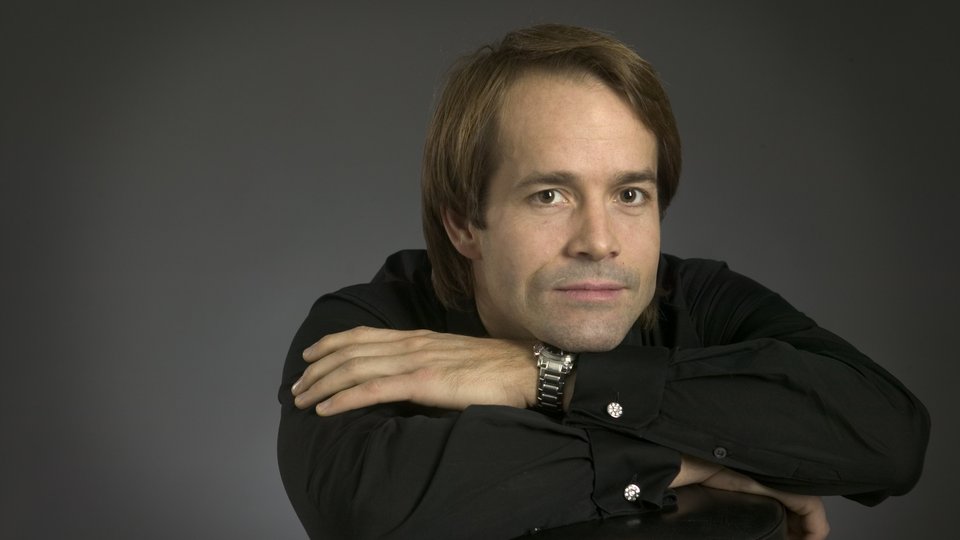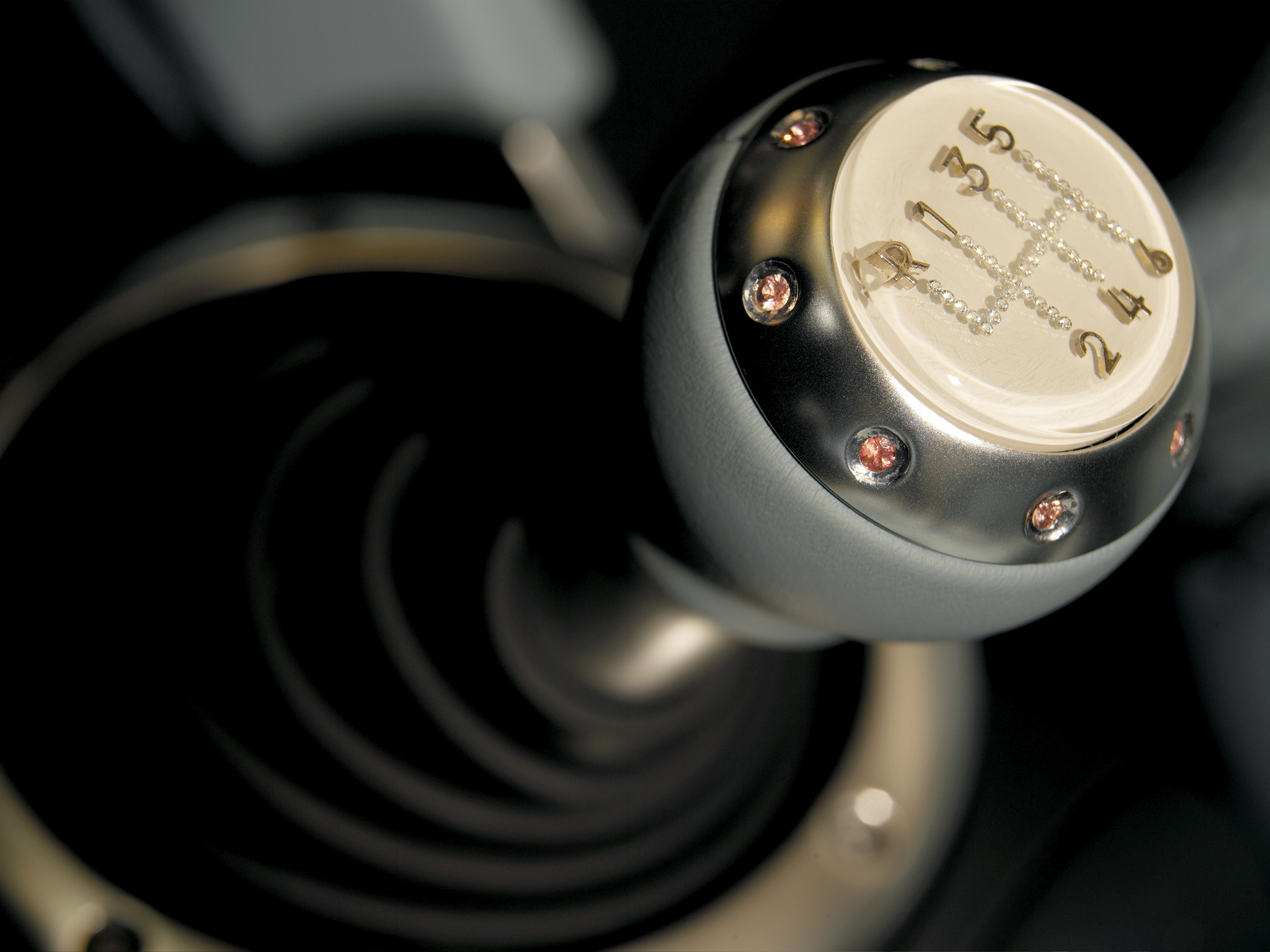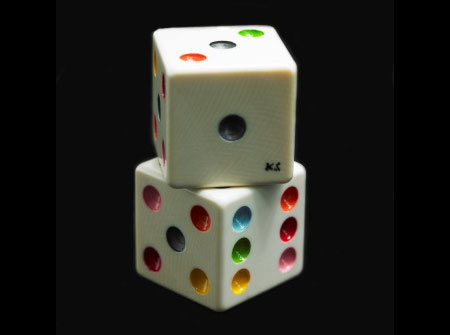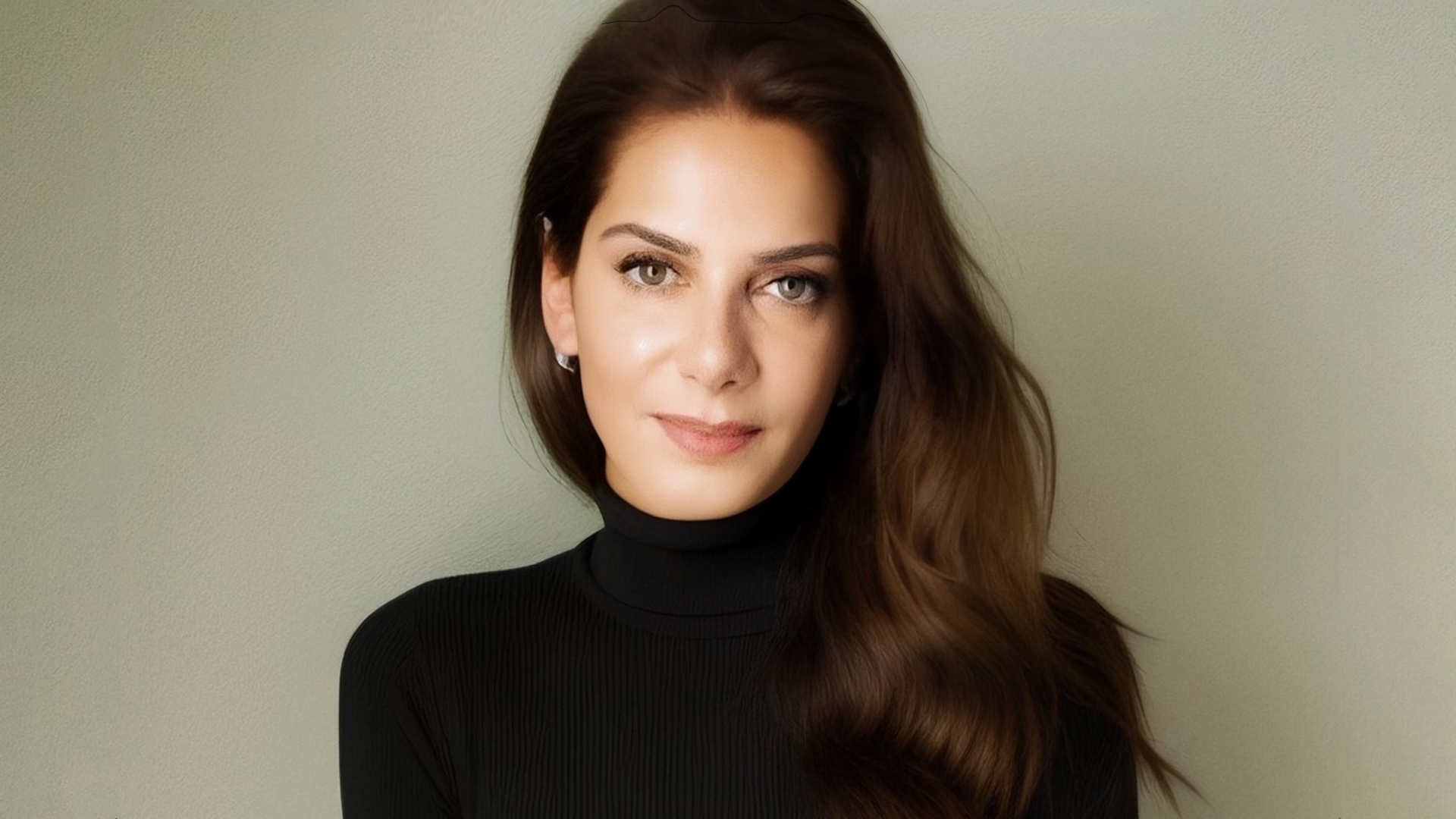How, after a varied professional life, one Swedish businessman got hooked on the “inherent beauty” of luxury jewellery

How, after a varied professional life, one Swedish businessman got hooked on the “inherent beauty” of luxury jewellery
How, after a varied professional life, one Swedish businessman got hooked on the “inherent beauty” of luxury jewellery.
Fedex courier, ship commander of a luxury yacht, advertising planner, DJ, project manager, bartender…Kristian Stahl has had many professional roles but now feels that his career in luxury jewellery, a path he feels he feels he stumbled upon by accident, is the right one. Stahl spent much of his early childhood on the beach in Gran Canaria. Aged about nine he was rather reluctantly brought back to his birthplace- Sweden, where he completed his education, first at school and then at the University of Stockholm where he studied international business.
After graduating he was soon snapped up for the role of accounting manager for a Swedish firm based in Sao Paulo. Much as he loved Brazil, the job was not for him and the adventure lasted just 10 months.
Next he found himself working as a planner for an advertising agency where his role was to provide a commercial framework within which the creative team could work. In 2002 he left the industry with a sense of frustration that he was not being listened to, but also with a useful insight into market and consumer behaviour which he continues to value today.
“ There is too much focus on the monetary values rather than the experiences involved in true luxury ”
Stahl had previously designed his wife’s wedding ring in 2000, but it was at this juncture, having left advertising, that the glittering world of luxury jewellery caught his professional eye. He was soon hooked on the “inherent beauty” of the materials he was working with. Since then his designs have met with critical acclaim and many interesting projects have come his way.

In 2004 he collaborated with three other young Swedish designers on ‘The Tailormade Audi’ project; he has participated in the Moscow World Fine Art Fair and in 2010 his Siberian mammoth ivory dice garnered much attention (and a price to match) at the Sotheby’s Hermitage Gala Dinner in London.
Stahl realises that the jewellery market is overcrowded. His solution is to work on sourcing the finest manufacturers and artisans available and delivering a unique product which embodies “the convergence of art, design, product development and jewellery”.

In what he sees as an increasingly “polarised” sector, which only rewards “real quality”, Stahl is level-headed about the direction he wants his business to take. He believes that controlled growth is the key to success: “Better to say no than to make promises we can’t keep.” He derives particular enjoyment from the challenges that collaborations with other brands bring. Stahl says he is currently in discussions with an exciting brand in the wine industry.
Reflecting on the luxury industry as a whole, Stahl feels that there needs to be a shift in core values: “there is too much focus on the monetary values rather than the experiences involved in true luxury.”










